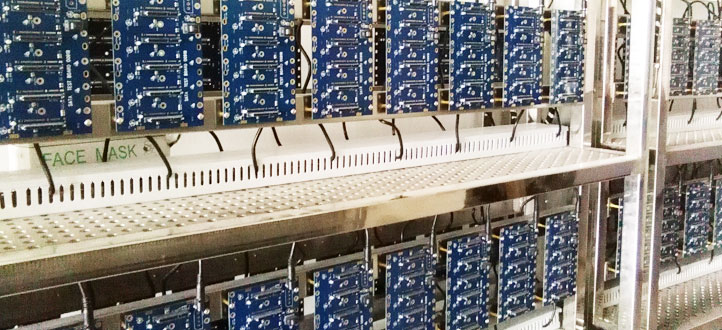How is PCB aging test performed?

PCB assembly is an indispensable part of electronic manufacturing. However, ensuring the long-term reliability of printed circuit boards (PCBs) requires additional effort. Aging tests are one of the critical steps that aim to evaluate the performance of PCBs over time, especially under various environmental conditions. This article delves into the methods and significance of PCB aging tests.
Purposes of PCB Aging Tests
The primary objectives of PCB aging tests are as follows:
Reliability Assessment: By simulating extended use and harsh environmental conditions, aging tests help evaluate the PCB's reliability in future applications. This aids in identifying potential issues and taking corrective measures.
Performance Stability: PCB aging tests help determine the stability of the PCB's performance over time. This is crucial for applications that require long-term operation, such as medical devices, industrial automation, and aerospace.
Environmental Adaptability: PCB aging tests consider different environmental conditions, including temperature, humidity, and vibration. This ensures that the PCB functions correctly under various environmental challenges.
Methods of PCB Aging Tests
The choice of PCB aging test methods depends on the desired testing objectives and environmental conditions. Here are some common aging test methods:
Constant Temperature Aging Tests: These tests place the PCB in a constant, often elevated, temperature to simulate high-temperature performance. This helps detect issues that might arise under high-temperature conditions.
Temperature-Humidity Aging Tests: These tests subject the PCB to environments with high temperature and high humidity simultaneously. They simulate challenging conditions like hot and humid climates or moist industrial environments.
Vibration Aging Tests: PCBs undergo vibration aging tests on a vibration table to evaluate their stability under mechanical vibration. This is particularly important for PCBs that need to operate for extended periods in vehicles or machinery.
Thermal Shock Aging Tests: These tests simulate rapid transitions between high and low temperatures to assess the PCB's performance under temperature shocks. They help detect issues that may result from temperature fluctuations.
Electrical Aging Tests: PCBs are subjected to electrical loads involving currents and voltages to simulate prolonged electrical operation. This checks whether the PCB's electrical characteristics remain stable over time.
Aging tests typically require several hours to several weeks of testing, depending on the testing conditions and the desired reliability level. The test results are documented for evaluating the PCB's performance and stability.
PCB aging tests are a crucial step in ensuring the long-term reliability and stability of PCBs. By simulating various environmental conditions and time factors, these tests help detect potential issues and take proactive measures to ensure that PCBs operate reliably over an extended period. In PCB assembly, aging tests are an indispensable component of ensuring product quality and reliability.

